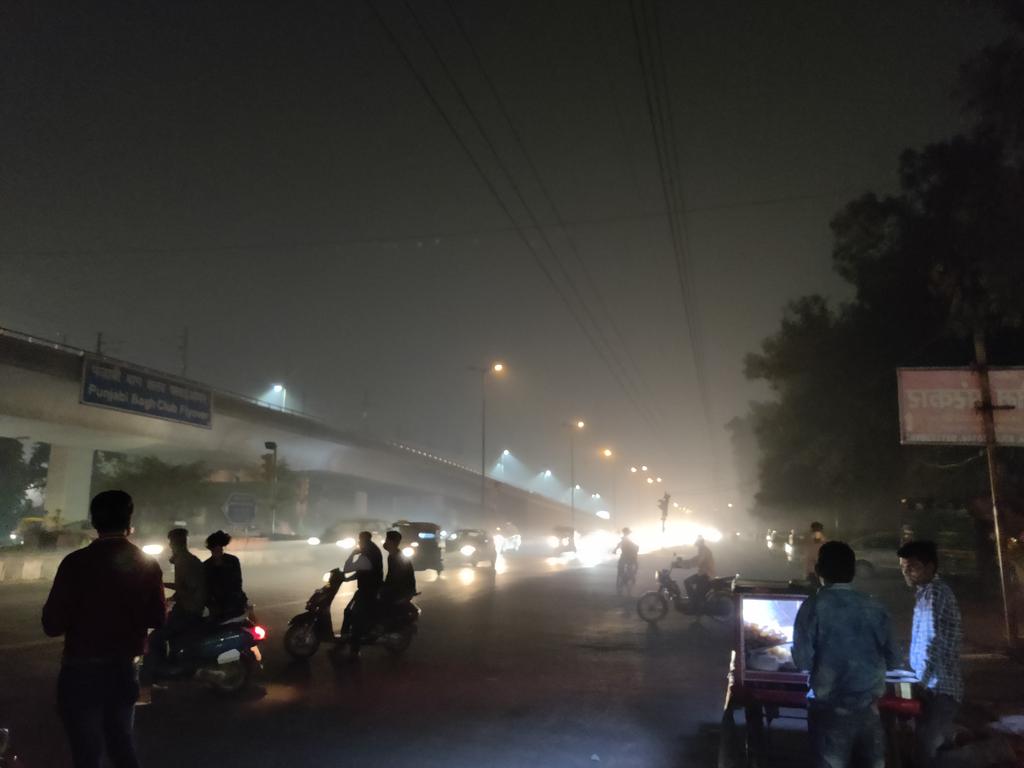
Diwali and stubble burning leave north Indians out of breath
The AQI of Delhi crossed the 700-mark in the evening on Thursday and remained around 749, which is considered severe.

Diwali celebrations and stubble burning have led to a deterioration of air quality in Delhi and other parts of northern and central India.
Delhi Environment Minister Gopal Rai blamed the BJP for the defying of cracker ban by people, alleging that the saffron party made them burst firecrackers on purpose.
The city’s air quality index (AQI) entered the severe category on Diwali night and continued its upward trend at noon on Friday.
Hitting back, Delhi BJP spokesperson Naveen Kumar Jindal said that Diwali is a festival of Hindus and not of a political party and asked if the Hindus who are with Aam Aadmi Party are not allowed to celebrate their festival.
The 24-hour average air quality index (AQI) the day after Diwali was 435 last year, 368 in 2019; 390 in 2018; 403 in 2017 and 445 in 2016. The AQI was 382 on Diwali day this year, 414 in 2020; 337 in 2019; 281 in 2018; 319 in 2017 and 431 in 2016.
As a thick layer of acrid smog enveloped the Delhi-NCR region throughout the day, blotting out the sun, the neighbouring cities of Faridabad (460), Greater Noida (423), Ghaziabad (450), Gurugram (478) and Noida (466) also recorded severe air quality at noon. An AQI between zero and 50 is considered good, 51 and 100 satisfactory, 101 and 200 moderate, 201 and 300 poor, 301 and 400 very poor, and 401 and 500 severe.
According to the Central Pollution Control Board, several other cities and districts in the country recorded severe AQI – Agra, Baghpat, Vrindavan in Uttar Pradesh; Ballbhgarh, Bhiwani, Hisar, Jind, Panipat, Rohtak in Haryana and Bhiwadi in Rajasthan. Among the districts where the AQI was very poor were: Ambala in Haryana; Jaipur, Jodhpur, Kota in Rajasthan, Gwalior in Madhya Pradesh, Gorakhpur in UP, Jalandhar in Punjab.
The AQI was in the poor category in Kolkata and Howrah in West Bengal; Patiala in Punjab and Patna in Punjab along with other districts in various states.

